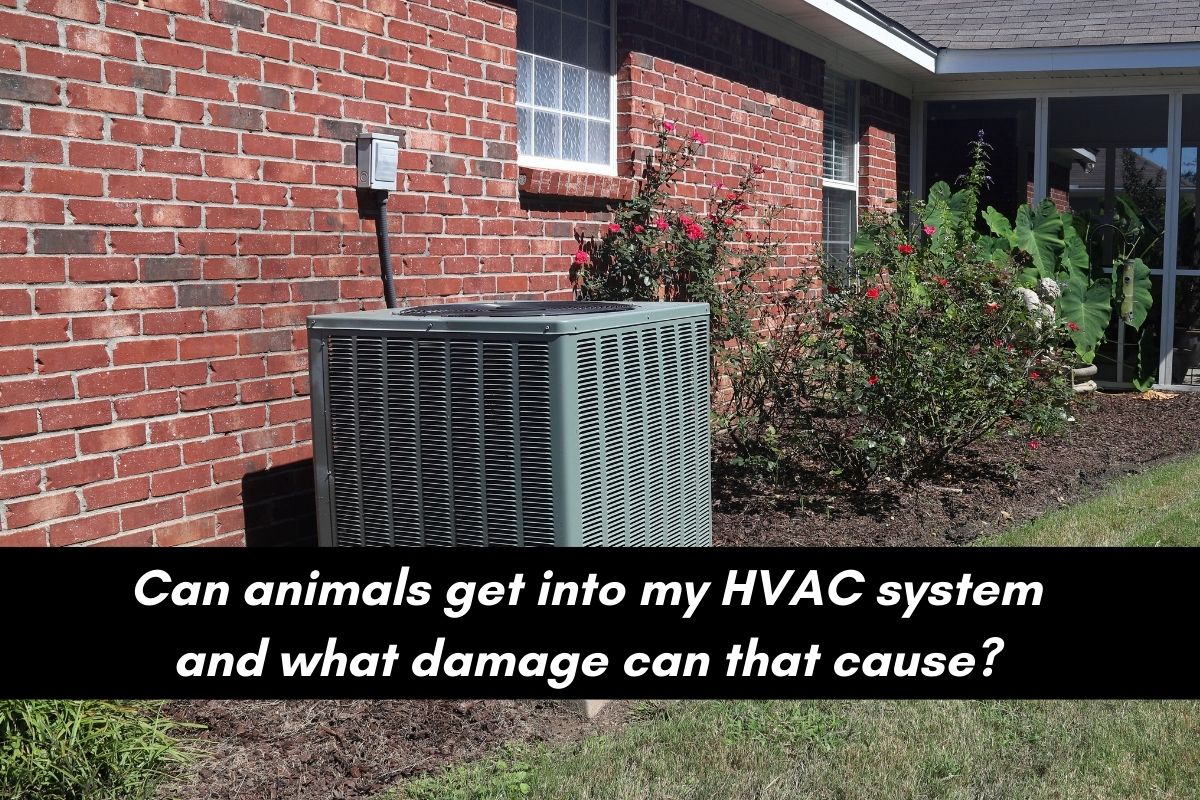
Moisture in Crawl Space in the Raleigh and Triangle areas
- Posted by AdminBW
- On March 9, 2017
- 0 Comments
It has been common practice for decades to build homes on top of a crawlspace in more humid and coastal areas. Raleigh, Durham, and most of the rest of North Carolina fall into this category. Many homeowners in our area have crawlspaces under their feet and never give them a thought until there is a problem. But just because you may have avoided having a basement with a flooding problem, doesn’t mean you don’t have to worry about moisture problems from below.
If you are a homeowner and want to avoid long-term, expensive problems, it may be time to take notice of what effect moisture in your crawlspace could be having. The danger zone for humidity is about 60%. This is the level where mold begins to grow on your framing. Termites and carpenter ants also begin to move in when the wood becomes more saturated, leading to a double problem. The amount of damage mold and termites can inflict on the structure of your home cannot be understated.
With that in mind, here are some solutions to a moist crawlspace that will help you prevent further damage.
- Lay plastic vapor barriers – It may not seem obvious at first, but much of the moisture in a crawlspace comes from water evaporating from the damp dirt. Gallons a day can evaporate into the air. Covering the entire ground of your crawlspace with a plastic vapor barrier can reduce this effect to a tiny fraction of what it was. Make sure to overlap the sheets by at least a foot to really prevent moisture from having a path out.
- Do NOT open the vents in the summer – We now know the old advice to open up your vents in the summer was bad advice. The thought was that the vents would allow humid air to leave and circulate drier air in. However, now we know that warm, humid air from outside just enters, cools down, and then the cooler air, which cannot hold as much moisture, raises the relative humidity. Leave the vents closed.
- Make sure water flows AWAY from your foundation – Take another look at your gutters and downspouts. Do they take water a significant distance from your foundation or just dump water all around your house? Also, does the grading of the dirt around your home lead towards or away from your home? It could just be leading water to flow into your crawlspace. Every drop of water that falls near your home should be flowing away from it.
- Install moisture-defeating devices – In order to monitor the moisture levels in the crawlspace, you may want to install a thermo-hygrometer. These will tell you exactly the present humidity levels so you can stay on top of the issue. A dehumidifier is also a great piece of technology for a crawlspace. It will work day and night to eliminate excess moisture from under your home so it doesn’t return to dangerous levels. French drains and sump pumps can also be used for further assistance in keeping a crawlspace dry.
Following the advice above will prevent serious damage to the structure of your home. By keeping the moisture low you will avoid creating an environment for mold and termites that can cost you thousands of dollars in repairs. If you live in the Raleigh Durham area and need assistance with addressing moisture problems in your crawlspace, give Critter Control a call and we’ll help come up with a plan.











